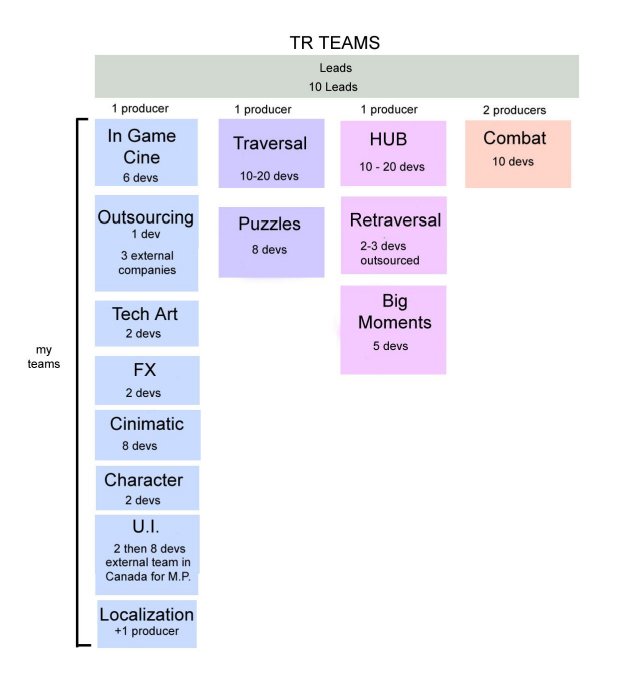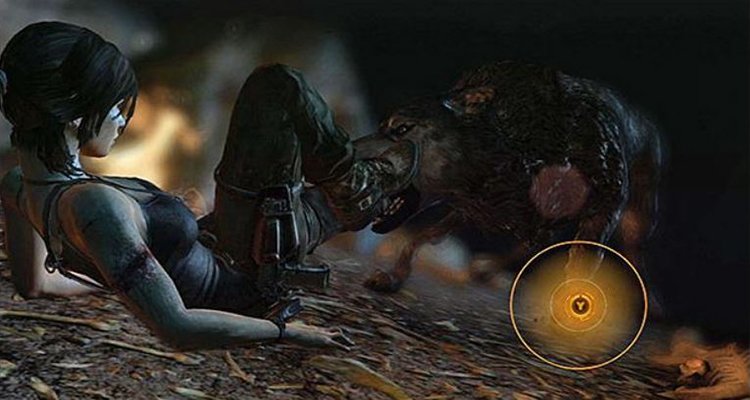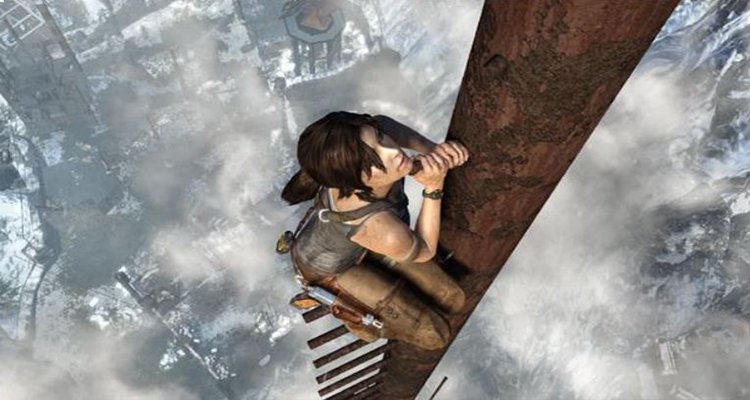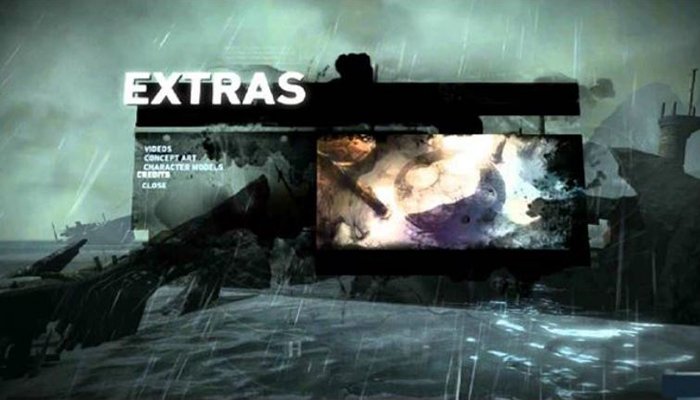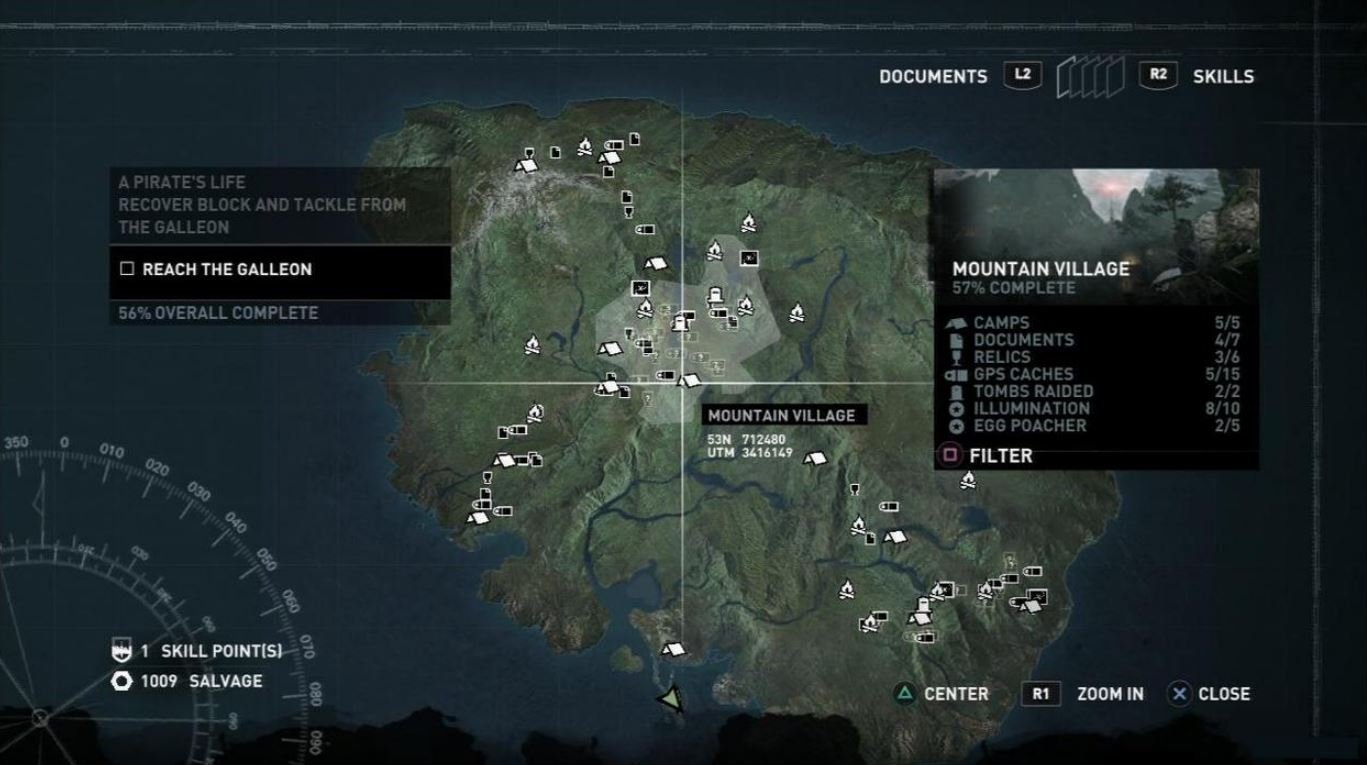This presentation offers a brief overview of some of the work I contributed to Tomb Raider. I have distilled the examples to a concise and focused selection, aiming to clearly represent the key elements across different areas of the project. It is important to me not to misrepresent the efforts of the many talented individuals with whom I had the privilege to work. The accomplishments presented here reflect the hard work of a dedicated team, and I hold their contributions in the highest regard.
In my role, I served primarily as an overseer and coordinator, addressing production challenges as they arose. I was initially hired as an Art Producer, responsible for areas traditionally associated with that role, including Concept Art, Character Art, Outsourcing, and FX. However, I was quickly entrusted with broader responsibilities, eventually managing multiple teams and expanding my oversight to include all aspects of the game outside of core gameplay—such as puzzles, level design teams, and combat systems.
During my first year on the project, I implemented significant changes to the management of outsourcing operations, resulting in marked improvements in both quality and efficiency.
When I joined the Outsourcing department, the team was struggling to complete even single prop orders. After extensive evaluation and collaboration with the studio head, we concluded that the only viable solution to achieve the required quality within the project’s tight deadlines was to have a dedicated team member on-site in Shanghai for an extended period. In production environments where quality targets are not being met within schedule, deploying personnel on location can be extremely effective. Alternatively, increasing face-to-face interactions through enhanced visual communication tools can also be beneficial.
I volunteered to make the trip; however, it was determined that my responsibilities on the production floor were too critical. Instead, I hired an artist with prior outsourcing experience and made several staffing recommendations, which were promptly implemented. Within a month, the new hire relocated to Shanghai, and together we upgraded the outsourcing program over several weeks to achieve full production capacity.
At that stage, many of the Art Department's core needs, including character and environment assets, were stabilized, allowing me to transition fully into supporting the Cinematic and UI teams. The UI team, previously understaffed, was expanded under my leadership to a team of eight full-time developers, ensuring the successful and timely completion of the project.
I remained one of the last active team members, personally closing one of the final bugs out of more than 100,000 logged issues. Tomb Raider ultimately shipped with a Metacritic score of 86 and received widespread critical acclaim worldwide.
Overview
This is a simplified overview of the rough team structure for Tomb Raider. While teams were reorganized at each milestone, this representation captures the overall structure without unnecessary complexity. Many teams operated under internal three-letter acronyms (TLAs) — for example, the "Puzzle" team was known as S.R.L., short for "Smart Resourceful Lara" — but I have omitted these here to avoid potential confusion.
While I managed several teams, they were generally smaller in scale compared to the large core teams and primarily operated in a support capacity, providing essential services to the main production groups.
Tomb Raider Stage Demo
One of my first assignments was to prepare the Scavenger Den for an E3 stage demo. Run flawlessly, live, in front of thousands of people. This had UI interactions, Mini-cine sequences, and traversal game play. I was responsible for the quality of this level during the duration of the project.
In Game Cinematics
As Art Producer I was responsible for all of the production supervision of every short in game cinematic moment. The above is just a sample of the bomber sequence, the bow reach, and Lara’s first hunting kill. Storyboarding, key framing, modeling, final animation, camera work as well as interacting with the level teams to make the areas integrated correctly.
UI: Camps
As Art Producer for UI I oversaw all of the camp sites. A very technically complicated backend system with unique per camp elements that had to be integrated by each sub-team. Animation, camera support, scale form debugging, testing, FX
Interactive User Interface
As Art Producer I was responsible for making sure that the many U.I. Interacts all worked correctly. This involved integrating all aspects of the interact including sound, FX, animation, camera, level art issues for that area, prop creation, and debugging.
First Kill Sequence
I was responsible for cinematic and interactive sequences such as this First Kill. Oversight included the entire in game bound sequence, the interact of the struggle with the enemy, prop creation, camera setups, character modeling, and FX such as the splattered blood
Interactive Moments
I was responsible for all interactive and short cinematic moments, including sequences such as the slow-motion gun battle, door interactions, kick interactions, rock wall scaling, the collapsing bomber sequence, and the wolf den encounter. My responsibilities encompassed the coordination of animations, cameras, UI props, and visual effects for these moments.
Provided oversight for short cinematic sequences, including the "Hot Pipes" encounter, door kick interaction, bridge attack, radio tower climb, and the associated gameplay sequence. Responsibilities included coordination of cameras, modeling, UI elements, and visual effects.
Outsourcing
This is an example of a heavily outsourced level: The Fortress. The initial layout was completed by the Traversal team before being locked for further development. The Mineloader team in Shanghai then took over production, working under the direct supervision of the Outsourcing Artist, who relocated on-site for several months to oversee the process. Final cleanup, FX work, and polish were completed in-house.
Character
I was responsible for the character art outsourcing process in it’s entirety.
Weapons Selection
Oversaw all aspects of the weapon upgrade screens, including initial concept development, backend technology integration, iconography, modeling, camera setup, animation, localization, and final debugging
Main Menu
Oversaw the main menu of Tomb Raider, overseeing cameras, backend technology, artwork, modeling, and visual effects, with extensive involvement in debugging and localization support
Map
Collaborated closely with the Lead Programmer and the UI technical team to design and implement a fully functional, in-game map. Contributed several key elements, including the initial pass of the zoomed-out map artwork. Successfully navigated extensive technical challenges, delivering solutions within a tight development timeline.
